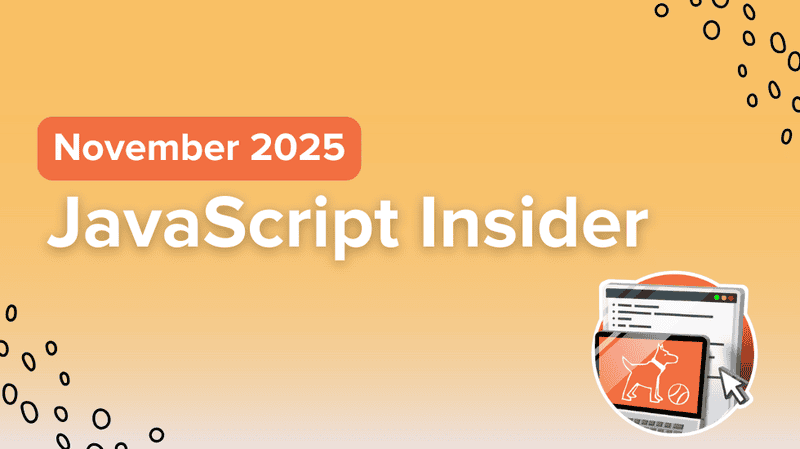Coding to Equalize Workforce Opportunities
By: Dr. Sreyoshi Bhaduri

The 21st century workforce has several inequities.
Most prominent, for example, is the gender pay gap — in the U.S., for every dollar that a man makes, a woman in a similar role makes 81 cents. Pay inequities are further exacerbated due to intersections of race, caste, socio-economic background, and other attributes of an employee. Similarly, at organizations, there may be inequities in the hiring, promotion and retention processes.
People research and analytics is a field of research that focuses on employees at organizations and enables inclusive, equitable work environments so that everyone can be their productive best.
Coding is an integral part of people analytics and can help address challenges of inequities in the 21st century workforce by highlighting trends, predicting outcomes, and drawing insights to make sense of large datasets on employees at organizations.
My Current Role
I am Dr. Sreyoshi Bhaduri. I currently lead Global People Research and Analytics at McGraw Hill — the learning sciences company. McGraw Hill is a leader in educational content, and applies science of learning to create innovative solutions to improve education outcomes around the world. I use code to problem solve challenges of the 21st century workforce by using data science, statistics, and organizational behavior to understand employee engagement and present insights to enable data-driven decision making.
My Background
My academic background is interdisciplinary. I am an engineer and an educator who enjoys working with people data — I earned my Bachelors in Mechatronics Engineering from Manipal University in India. I then completed my Masters in Mechanical Engineering from Virginia Tech, here in the U.S. Subsequently, I earned my second Masters in Applied Statistics and my Ph.D. in Engineering Education, both from Virginia Tech.
I am passionate about using innovative and ethical research methods (for example, combining predictive analytics and/or natural language processing with insights from qualitative research) and applying them to challenges faced by global organizations.
Learning to Code
I don’t have a background in computer science and so most of my experience with coding is essentially building upon concepts that were self-taught. I credit my growing inclination to persist with code to the interdisciplinary courses I took while I was a graduate student at Virginia Tech. Interacting with software developers and machine learning technologists helped expand my worldview, and allowed me to apply innovative methods and technology to the wide range of problems I was working on.
While working part-time as a Research Assistant on a project with the Federal Rail Authority during my masters, I contemplated the use of machine learning to classify signals generated from railway tracks to detect whether or not they were defective/broken. This contemplation materialized into my M.S. thesis. Post masters, I was interested in learning more about machine learning. A few graduate-level courses in Applied Statistics and Natural Language Processing helped me find innovative tools that I could apply to a host of problems. Since then I have coded to problem solve for challenges in the classroom (such as analyzing large volumes of student data across institutions) and now, in the workforce, as I analyze employee data from across the globe.
How I Use Coding for People Analytics
I work on exciting projects related to the global workforce. At McGraw Hill I manage Global People Research & Analytics, where I lead research leveraging employee data from across 45 countries to generate data-driven insights for policy decisions impacting organizational effectiveness, culture, and talent. Essentially, I use code in a wide range of projects such as examining gender or racial pay equity and talent acquisition, predicting voluntary turnover, strategizing workforce planning, among others. Recognizing the biases that researchers bring into their codes and automation, I use my work to emphasize inclusive and ethical mixed-methods research to answer questions and glean actionable insights to drive decision-making. My areas of research are Women in Stem/Tech, Innovative Mixed Methods Research Designs, Sustainable Development Goals, Communicating Data, People Analytics, AND most importantly — making the world a better place!
Researching people and social contexts is tricky, to say the least!
A large part of ethical methods while researching people and their experiences, is to seek inclusive tools and methods to understand various data-sets and their sources holistically. We often think of numbers, codes and algorithms as synonymous to logic, ground truth, and think of them as unbiased. Although numbers and algorithms in isolation may be mathematically thought of as unbiased, their usage on human data and subsequent decision-making allows bias to creep in.
For example, think about training a machine learning algorithm to predict employee turnover — i.e., who may leave the organization. Bias can creep into this analysis in multiple forms — from the training set that the algorithm was tuned using, or even the choices that the coder makes as they make various decisions in the algorithm development process. When working with data about and impacting humans, going beyond the numbers is crucial while drawing inferences. This is especially true for data-driven decision-making. Inferring with empathy and context-specific understanding helps draw meaning from data that mere algorithms cannot. Some tips to overcome these are:
1. Employing Mixed Methods as much as possible
2. Recognizing one’s own biases
3. Reporting findings and insights transparently
Tips for Starting Out with Coding
It is never too late to learn how to code! Many learners are typically intimidated by code, but thinking of it as a tool to assist oneself rather than a whole new language, may help lessen the fear.
Go beyond learning syntaxes and quizzes. Employ code for a project that you are passionate about. Using code on real data helps gain perspectives that a course or clean data may not be able to.
I love connecting with those who are new to the field. If you are interested in learning more about my work, feel free to reach out!
Tools and Programming Languages I Use
- Python
- SPSS
- R
- Tableau

I am a maker of lists and itineraries, who — likes statistics, loves dogs, practices feminism, dabbles in writing, and enjoys tea and long conversations. I use she/her/hers pronouns.


